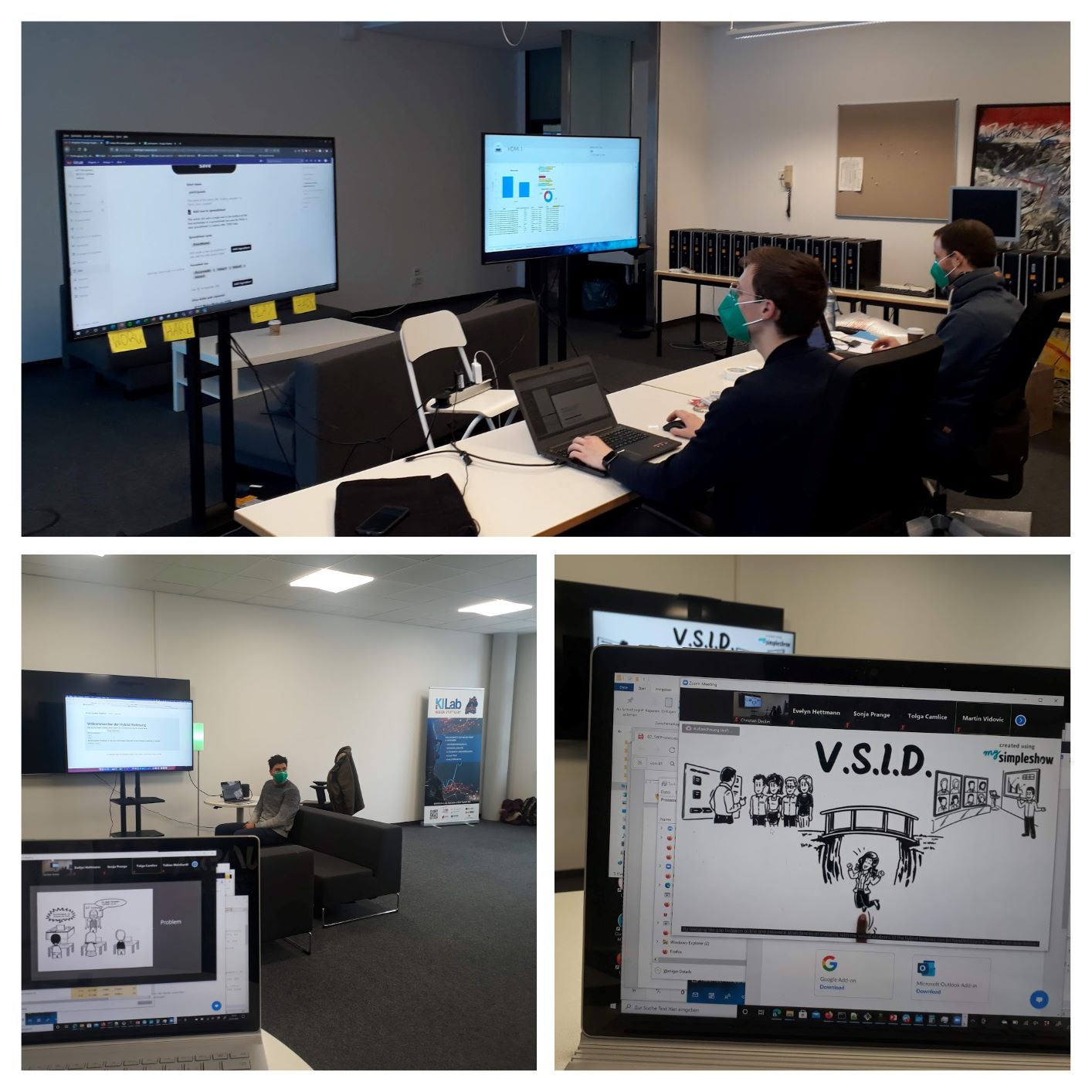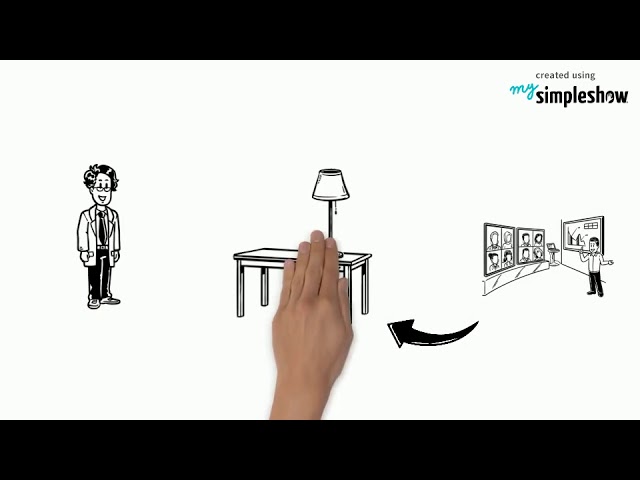In the Internet of Things (IoT), we discuss a world where digital services are ubiquitously present and companion us during our activities and daily routines. In particular, IoT may support typical and repetitive home office activities or bridge remote groups doing collaborative work. The fundamental principles of functional IoT and its enabling technology are at the center of my IoT lecture in the master’s programs Digital Business Engineering at the Herman Hollerith Zentrum (HHZ).
Lecturing during the Corona Pandemic
Because of the Corona situation, the IoT lecture was held in different modes
- Pure online class, where all students tooks part in a Zoom session and assignments in breakout rooms,
- Hybrid class for Web of Things (WoT) lab exercise with students present at the HHZ together with online participants,
- Presence / online hackathon, where teams of students are present at the HHZ, other teams work purely online, and others again work as hybrid teams where part of the team is present and the other part collaborates online.
This term’s IoT hackathon took place by end of January 2020. The following image shows students working during the hackathon. They wear masks and keep sufficient distance under Corona conditions.

Hybrid Lectures
We believe that after the Corona pandemic situation, hybrid lectures will stay as one instrument we will use more often to teach students. In a hybrid lecture, we teach students on-site in the lecture room students take part remotely. The lecturer interacts with the on-site student group using slides, whiteboards, flip-charts and Q&A sessions. The remote participants watch the lecture via a live video stream and may raise questions and comments.
The problem is the decoupling between the lecturer and the remote group, which reduces dramatically the interaction. The following situations may happen:
- Remote students raise questions, which are not noted by the lecturer.
- The video stream may break and remains unnoted.
- In the worst case, the lecturer forgets about remote students and all interaction is suspended.
Apart from organizing the on-site group, the lecturer needs to organize the remote group. This involves the setup of the video stream, providing dial-in URLs to students, organize group work activities between on-site and remote participants, and optionally record the stream.
Problem formulation: Hybrid lectures cause additional effort on both students and lecturer. During the lecture, the lecturer and the remote participants are decoupled, which may degrade remote participants to passive listeners.
Hackathon Projects
Students of my IoT lecture tackle the above problem during a two-day hackathon. They design and implement projects demonstrating how IoT technologies improve the experience in hybrid lectures.
Because of the limited time of just two days, it is necessary to limit the implementation to the minimum viable product (MVP), which illustrates the hackathon topic. The final project documentation contains a complete description of the application and the MVP implementation, including the code. Teams describe several important IoT concepts, such as embedding, smart objects, IoT interaction design principles, economic principles and architecture design. Finally, students also created presentation materials such as a slide set and an explainer video.
Following is a brief description of this term’s projects.
WiFi-Fidget-Cube: The cube is a device which stimulates the activity of remote participants. It enables an active participation of remote participants in on-site activities.
V.I.S.D - virtual students ID: This project investigates the use of the student ID card to ease dramatically the participation of remote students in the hybrid lecture. It automatically creates a participant list, e.g. for contact tracing, and enables team formation involving on-site and remote students for collaborative group work.
Virtual Student Service: Students have created a service, which embeds the hybrid lecture’s remote participants into the on-site lecture. The service connects a remote online form with an on-site colored LED light. Different colors indicate a question or an OK-go-on signal. The lecturer then asks an Alexa echo device, which reads the question from the online form. As a result, the lecturer interacts with remote students in a very similar and direct way as with on-site students.
Explainer Video of a Virtual Student Service
Call to Action
Check out the team presentations, videos and project reports available online
